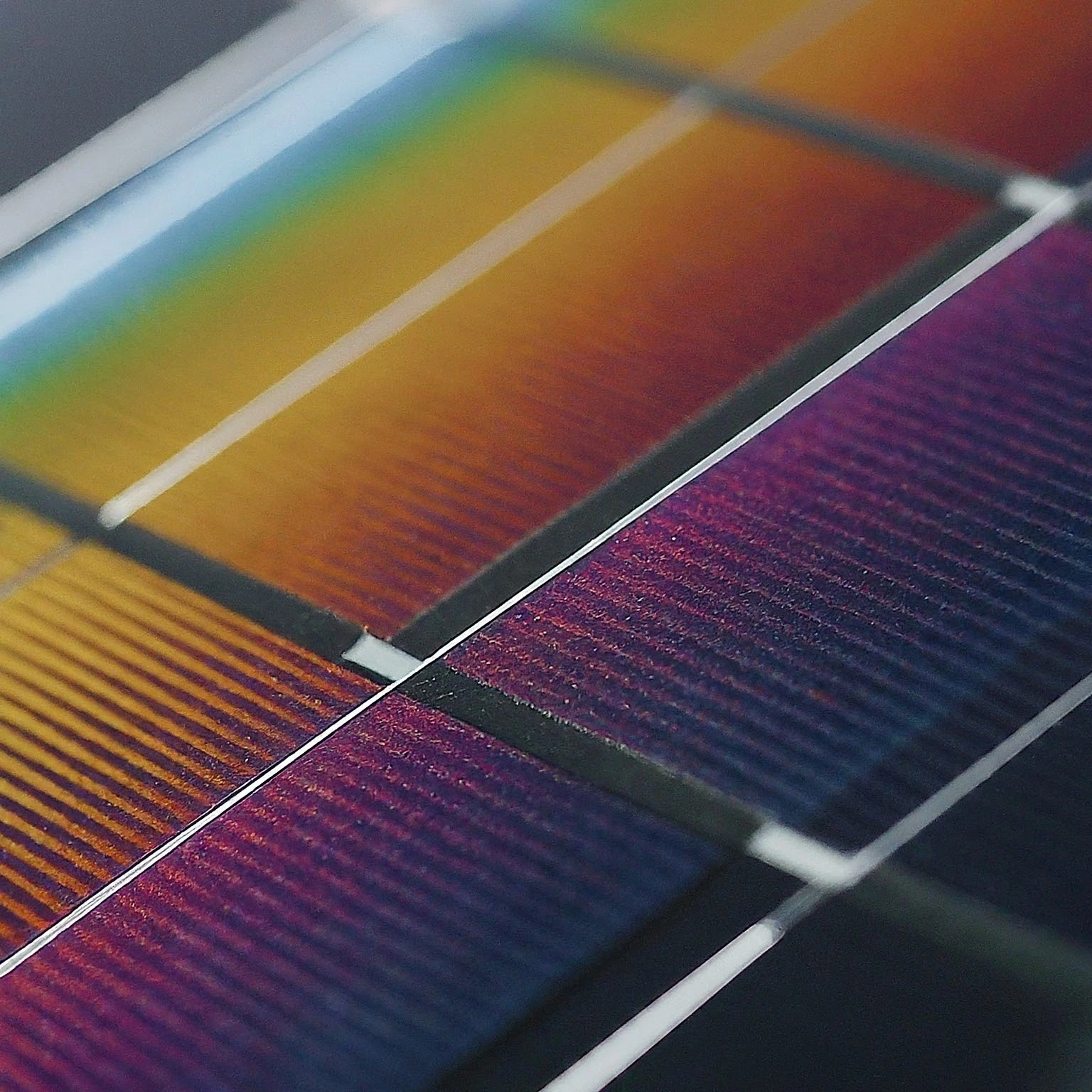Silicon and Beyond: Understanding the Landscape of Photovoltaic�…

Photovoltaic materials are at the core of solar energy technology, turning sunlight into electricity via the photovoltaic effect. When photons from sunshine reach the surface of a photovoltaic cell, they excite electrons in the material and form electron-hole pairs. These couples are then separated by an internal electric field, resulting in the passage of electrical current.
Silicon remains the most popular photovoltaic material because to its availability, stability, and excellent electrical characteristics. Silicon-based solar cells may be either monocrystalline, which provides high efficiency, or polycrystalline, which is less efficient but less expensive to manufacture.
Beyond silicon, other materials are making substantial progress. Thin-film photovoltaics, such as Cadmium Telluride (CdTe) and Copper Indium Gallium Selenide (CIGS), have the benefits of minimal material utilization and flexibility, enabling them to be used on a wide range of surfaces. These materials are often less efficient than silicon, but they are more affordable and adaptable.
Perovskite materials have lately received interest because to their superior light-absorbing capabilities and promise for high efficiency. These materials can be made using simpler techniques and at lower temperatures, thereby lowering manufacturing costs. However, stability and long-term performance are critical issues that must be solved before broad commercial usage.
Organic photovoltaics (OPVs) are another promising prospect. These materials, which are made up of organic molecules or polymers, promise to be lightweight, flexible, and even transparent solar cells. While their efficiencies remain below that of inorganic equivalents, recent research is quickly decreasing the gap.
Different photovoltaic materials have their own set of features and mechanisms, which influence their efficiency, stability, cost, and application possibilities. As research continues, the optimization and combination of these materials will be critical to increasing the efficiency and accessibility of solar energy, therefore accelerating the shift to a sustainable energy future.
The future of photovoltaic technology seems promising, with advancements in diverse materials opening the way for more efficient and cost-effective solar energy options. By leveraging the distinct qualities of each kind of photovoltaic material, we can create bespoke solutions to fulfill a wide range of energy requirements, from residential roofs to large-scale solar farms and even portable solar powered gadgets. As we continue to push the limits of what is feasible, the sun’s tremendous energy potential will play an increasingly important role in our global energy landscape.
Like this project
Posted Mar 26, 2025
Photovoltaic materials are at the core of solar energy technology, turning sunlight into electricity via the photovoltaic effect. When photons from sunshine re…




